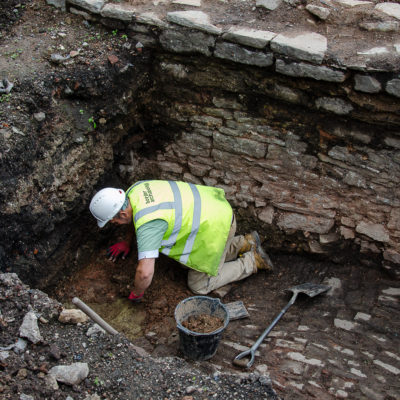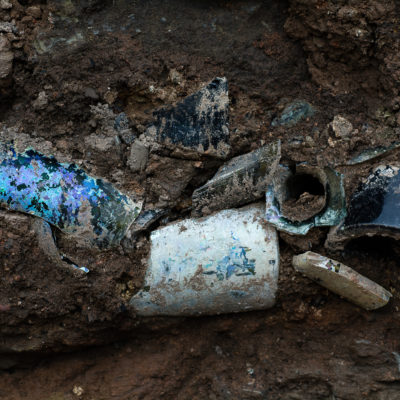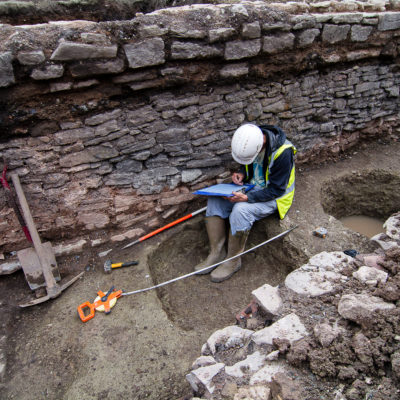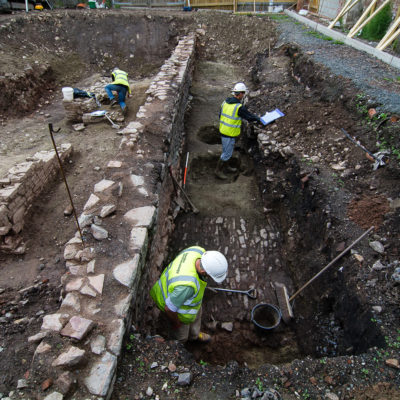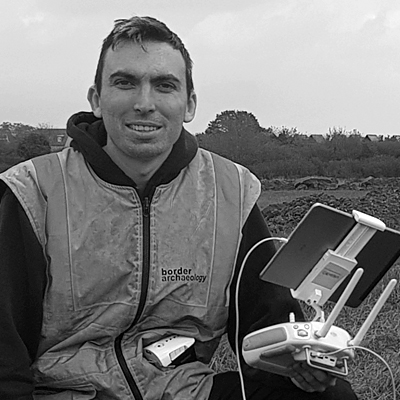Geoarchaeological Survey
Techniques developed in the earth sciences have found a valuable place in archaeology, providing the analytical tools to examine soils, sediments and geology to help unravel the often-complex interaction of natural processes and human social and economic activities which underlie the formation and evolution of the archaeological record and the wider physical environment of which it forms a part, together with those post-depositional or taphonomic forces affecting and potentially transforming the stratigraphic record following the abandonment and eventual burial of a site or settlement.
Geoarchaeological investigations often combine fieldwork, involving sediment and soil description and classification, with laboratory analysis, such as micromorphology, particle-size analysis, magnetic susceptibility and geochemistry.
Understanding these processes allows archaeologists to take account of the extent and nature of any physical changes the site may have undergone and which are therefore likely to affect their interpretation.
What Happens Next?
Results aim to address specific questions of stratigraphic interpretation, site formation and artefact distribution affecting the interpretation of a site and to model the local environment to assist present and future fieldwork.

